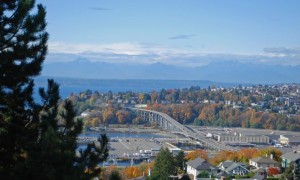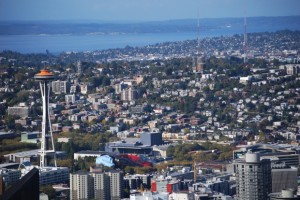While our “Thriving Communities” campaign focuses on Vermont, we’re not going to wallow in the parochial. An interesting public dialogue on zoning, affordability and housing density is going on in Seattle, and who knows, maybe there’s a takeaway for us.
What does big-city Seattle have in common with small-town Vermont, besides a foliage season?
Well, much of Seattle is zoned for single-family residences, as are many Vermont municipalities. The news is that a housing advisory panel is poised to recommend scrapping single-family for zoning that allows duplex, triplexes and so forth. Part of the rationale is that single-family districts are perceived to have had an exclusionary effect, by race and socioeconomic class.
The housing advisory panel reportedly wants to forestall Seattle’s becoming a haven for the rich, and one approach is to promote more density — not just in single-family neighborhoods, but also in zones where multifamily housing now limited to four stories could be redrawn to allow six.
If there’s a lesson in this for Vermont, it’s certainly not in the particulars. Seattle’s population exceeds Vermont’s, after all, and Vermont’s largest city, Burlington, could be fit into one of Seattle’s neighborhoods. (Below is an overview photo of two storied Seattle neighborhoods — Queen Anne and Magnolia — that are laced with single-family residences.
No, the Vermont takeway is that people here, too, should be thinking about making their zoning and town planning more accommodating of greater residential density near municipal centers. Not high rises, of course, but affordable multi-family housing on a Vermont scale.

